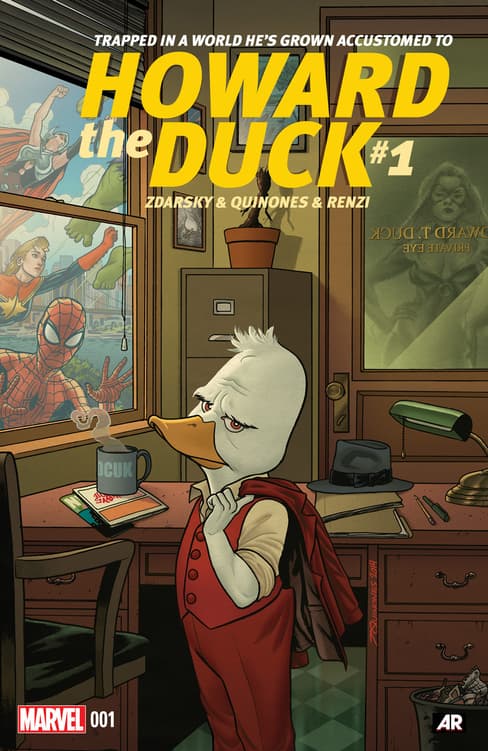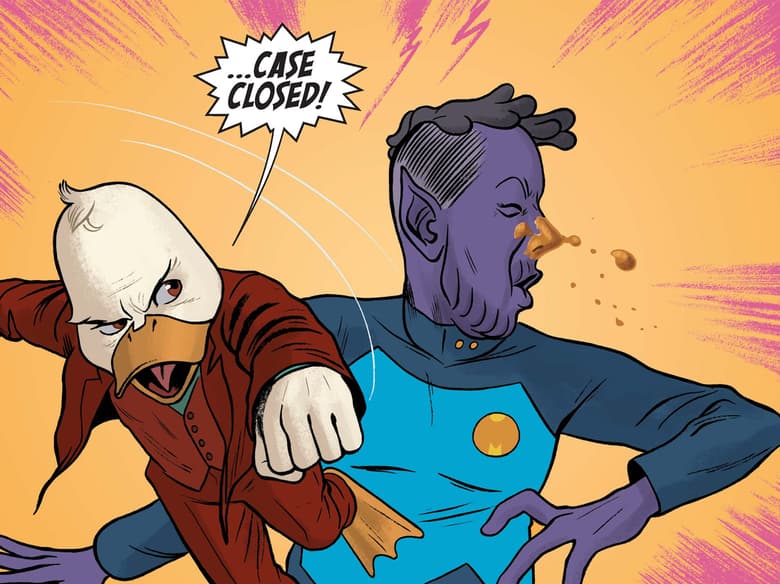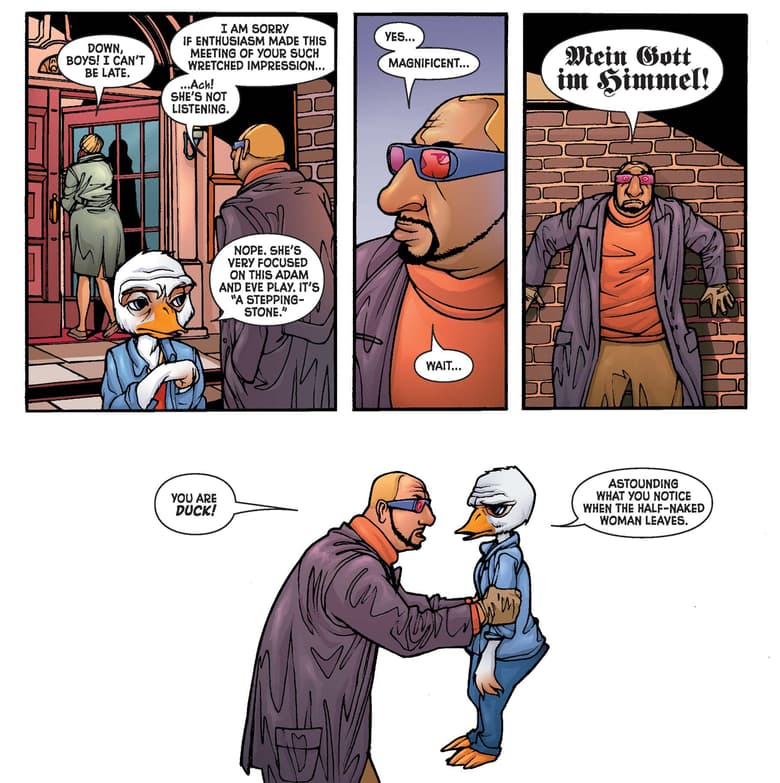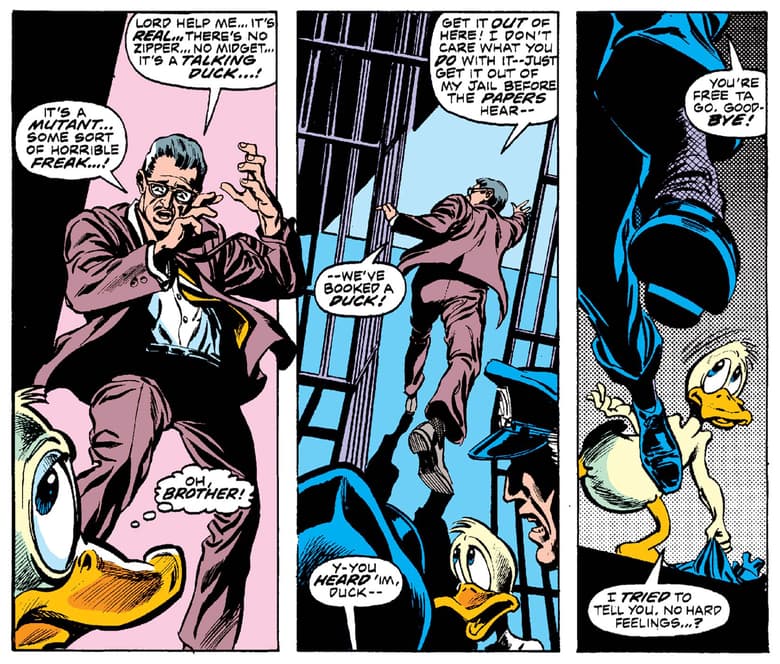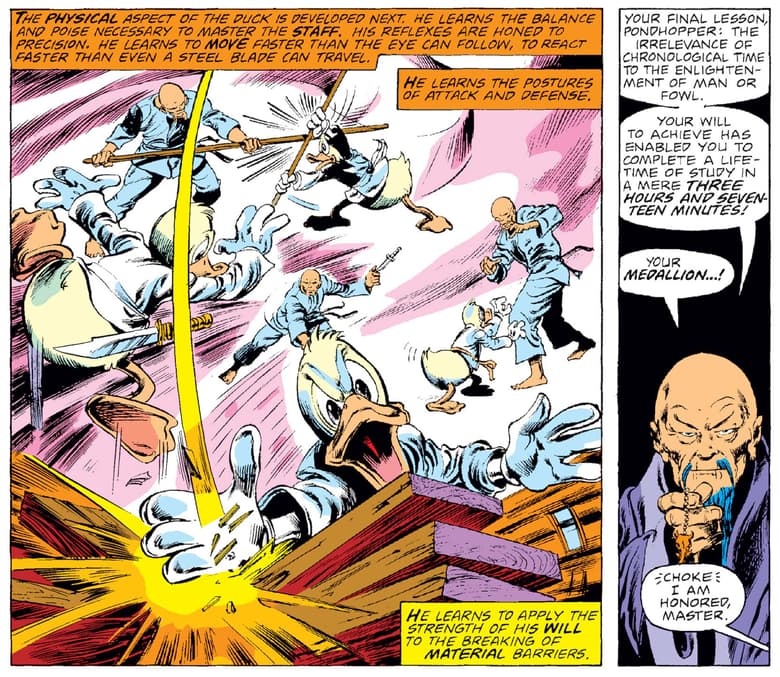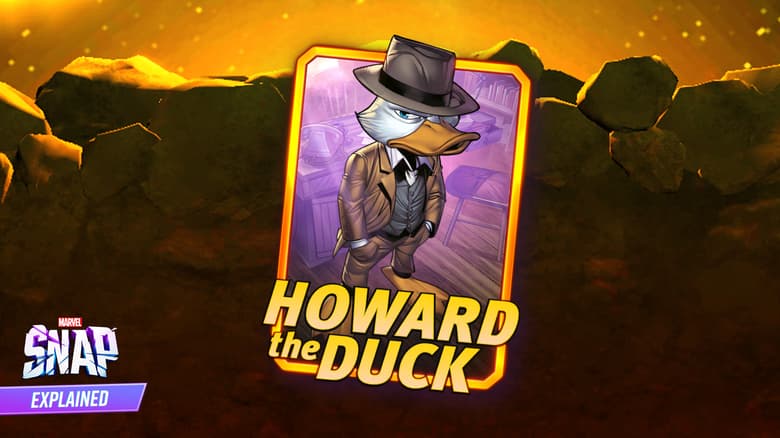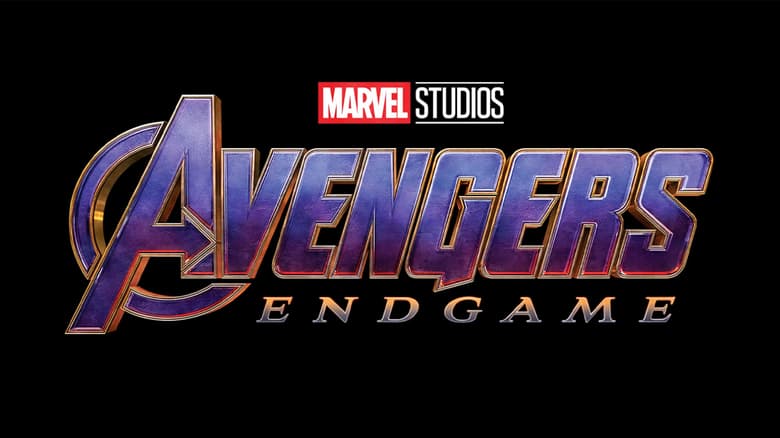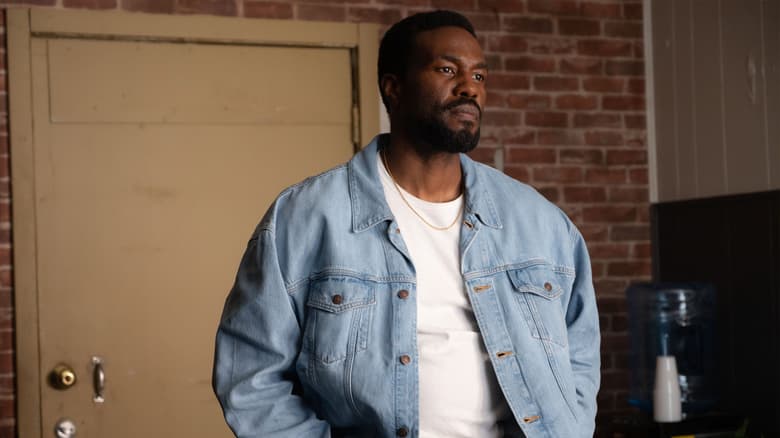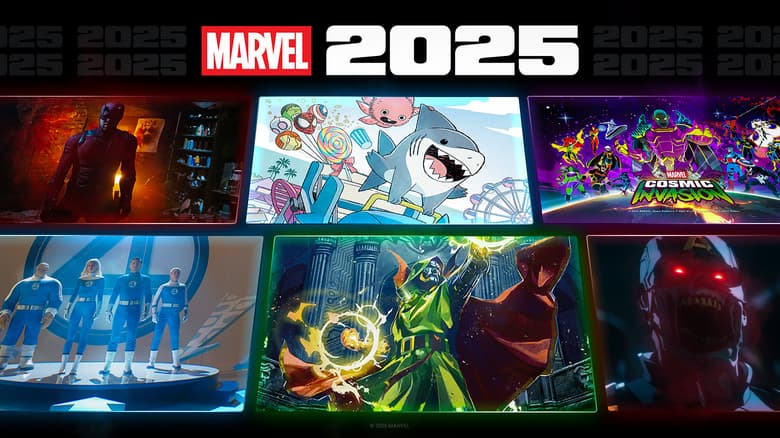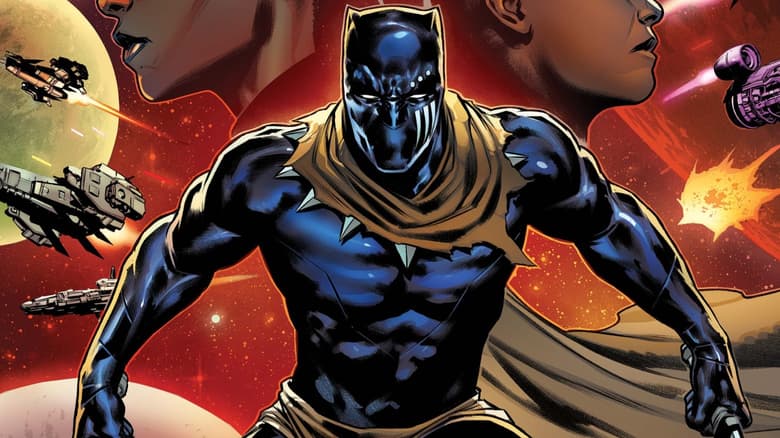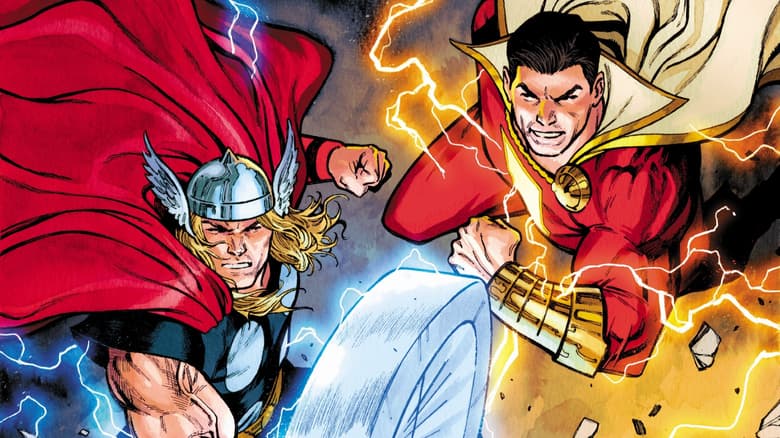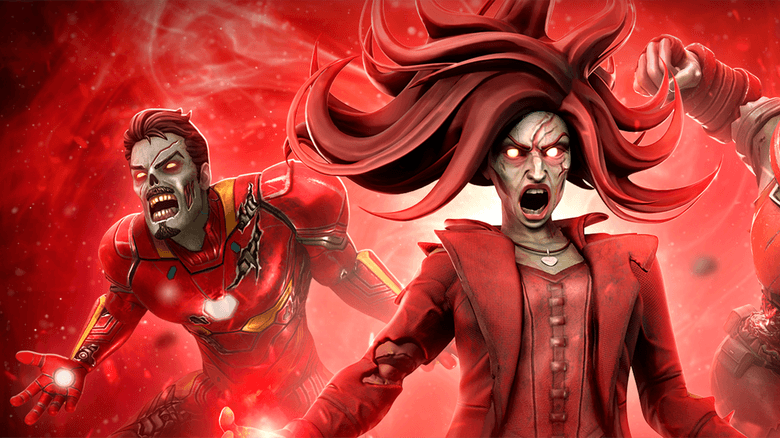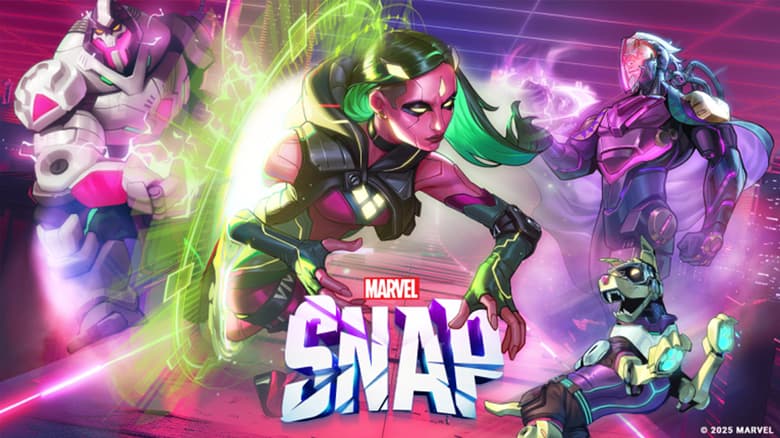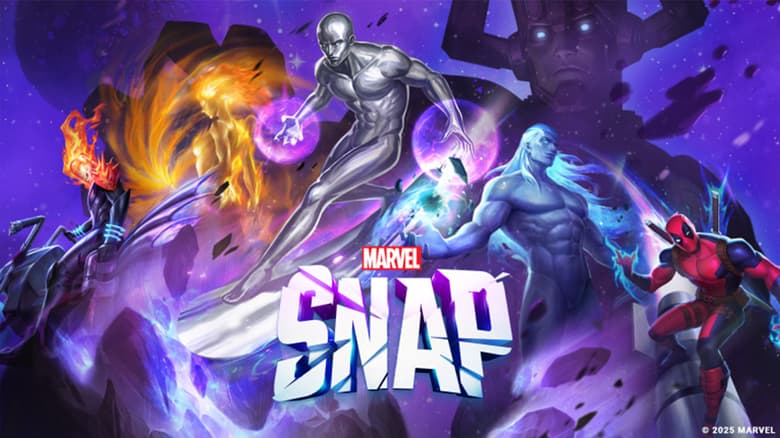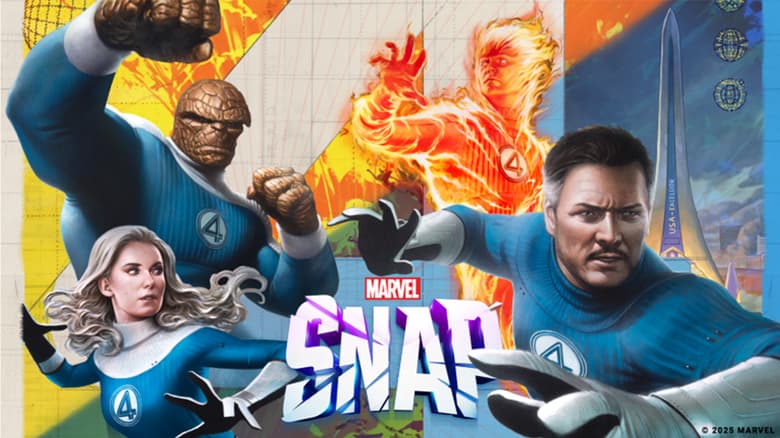MARVEL SNAP Explained: Who Is Howard the Duck?
Find out his comic origins and best strategies for playing in the hit game MARVEL SNAP!
Having some sense of what cards a player might draw provides a massive advantage in MARVEL SNAP, as it allows one to plan their upcoming moves. Now, a new card is going to add a whole new dimension to that part of the game: Howard the Duck. With an ability inspired by the comics, Howard is looking to change the way people play MARVEL SNAP. Here’s what you need to know about using Howard the Duck in MARVEL SNAP and his key history in the Marvel Universe.
Playing Howard the Duck in MARVEL SNAP
A 1-Cost, 2-Power card, Howard the Duck has an Ongoing ability that allows players to see the top card of their deck. Howard can fit into a lot of different types of decks, due to his ability being advantageous for pretty much every play style and his Cost being low. However, there are some combinations that are better than others.
One of the best pairings for Howard the Duck is Iron Lad, whose ability causes him to duplicate the text of the top card on his player’s deck. That combination in and of itself makes it possible to power up a deck by duplicating the effects of such buff cards as copying Iron Man, Shuri, or Ironheart. Together, the two can also effectively copy big finishing cards, like Galactus, or common counters, such as Cosmo. Outside of that specific pairing, Howard the Duck also pairs well with Cost reducers such as Wave, as they make it easier to take advantage of his effect and plan ahead better. Additionally, Jubilee now has an On Reveal that brings the top card of a player’s deck to her location, making her and Howard a natural combination.
There are a few specifically advantageous places to play Howard the Duck. Knowhere and Deep Space don’t allow On Reveal effects to happen at them, meaning that putting Howard there makes him invulnerable to Elektra and Enchantress, who are able to counter him. Otherwise, Howard is a good card for filling up spaces such as The Raft or The Sacred Timeline, which reward players for getting four cards down on them, since he has a low Cost.
Despite his utility, Howard the Duck has a few major vulnerabilities. Elektra and Killmonger can destroy 1-Cost cards, with the latter being particularly deadly and a relatively common part of decks at higher ranks. Enchantress or Rogue can also take away Howard’s Ongoing ability, though their higher Costs mean they won’t pose a problem until a little later in the game. Rockslide and Korg can also cause some problems for Howard, as they shuffle Rocks into a player’s deck, meaning there’s a higher chance Howard won’t provide any useful information.
As for locations, Howard the Duck shouldn’t be played on the Isle of Silence, as that place prevents Ongoing effects from happening, thus making his ability useless. Lamentis-1 also poses a major problem for Howard, as that location destroys both players’ decks, meaning there’s no top card for him to reveal. Additionally, locations that add Rocks to a player’s deck—such as Lechuguilla and Subterranea—make Howard less effective, working in much the same way as Rockslide and Korg.
Howard the Duck in the Comics
Created by Steve Gerber and Val Mayerik, Howard the Duck debuted in ADVENTURE INTO FEAR (1970) #19, where he served as an ally for Man-Thing in his quest do defeat the demon Thog. Originally, Howard hails from an alternate universe known as Duckworld, where the titular waterfowl became Earth’s version of humans. Shortly after his arrival in the Marvel Universe, Howard expressed an interest in law enforcement and went on to form Howard T. Duck Private Investigations in HOWARD THE DUCK (2015) #1.
Howard’s appearance and costume have changed at several points over the decades. More recently, though, he’s settled on a detective look that draws influence from noir stories, which is reflected in Howard’s main MARVEL SNAP card and variants.
While there are a few potential connections between Howard the Duck in the comics and his ability in MARVEL SNAP, the simplest explanation is that he’s a detective. Howard investigates things, and looking at the top card of one’s deck is certainly a reflection of that skill. Another possible connection relates to Howard’s odd relationship with time itself. In HOWARD THE DUCK (1976) #3, for example, the character underwent martial arts training that allowed him to essentially break through chronological time to learn a lifetime of skills in a short time span. Being able to see what’s coming up in one’s deck then also reflects Howard’s irregular relationship with the passage of time.
Want to find out more? Explore over 30,000+ comics on Marvel Unlimited today!
MARVEL SNAP is available now on Android, iOS and Early Access Windows PC!
The Daily Bugle
Can’t-miss news and updates from across the Marvel Universe!

